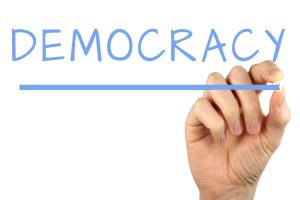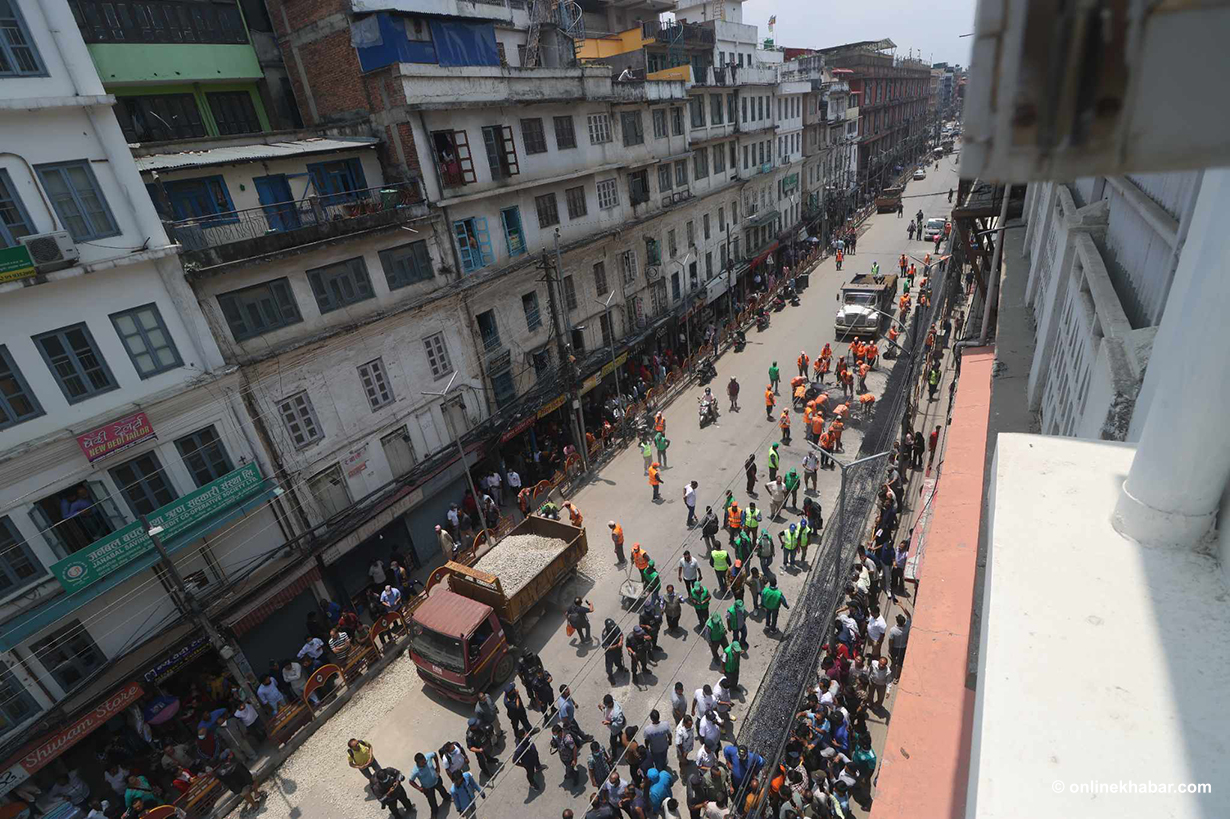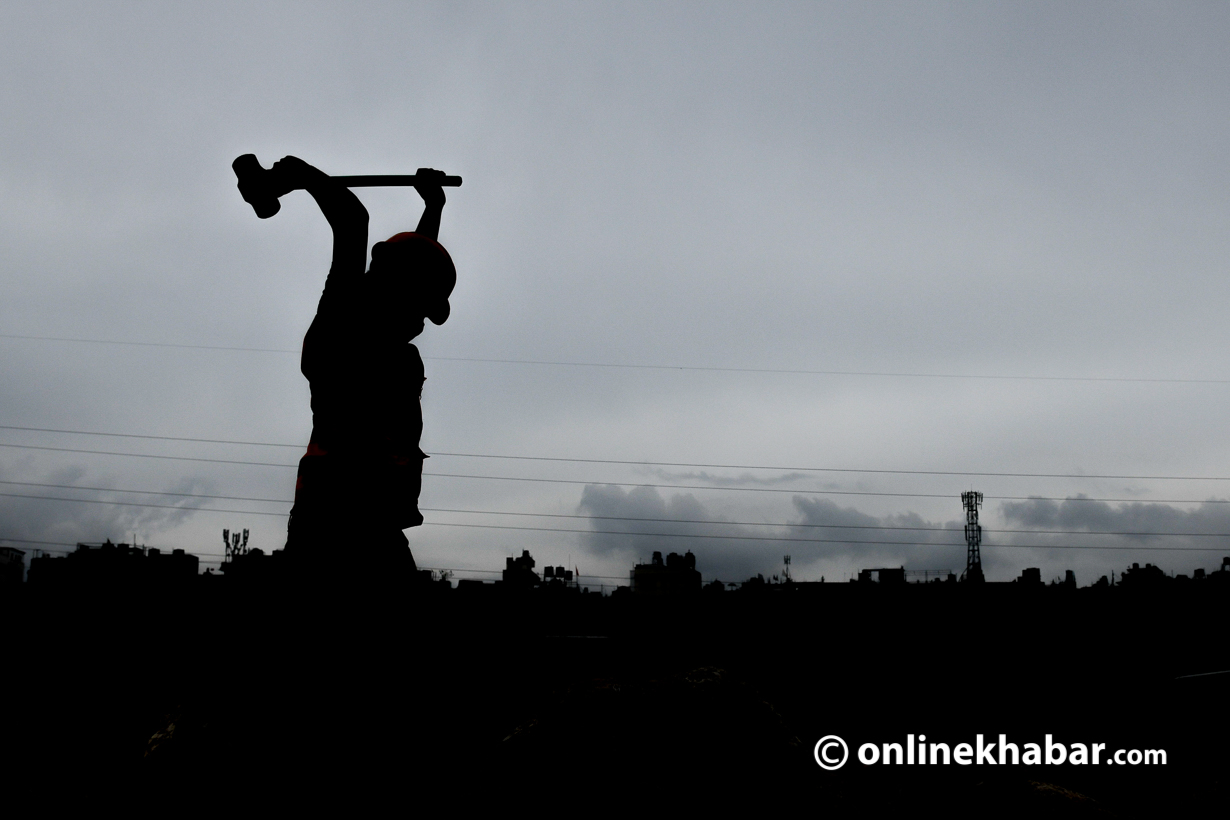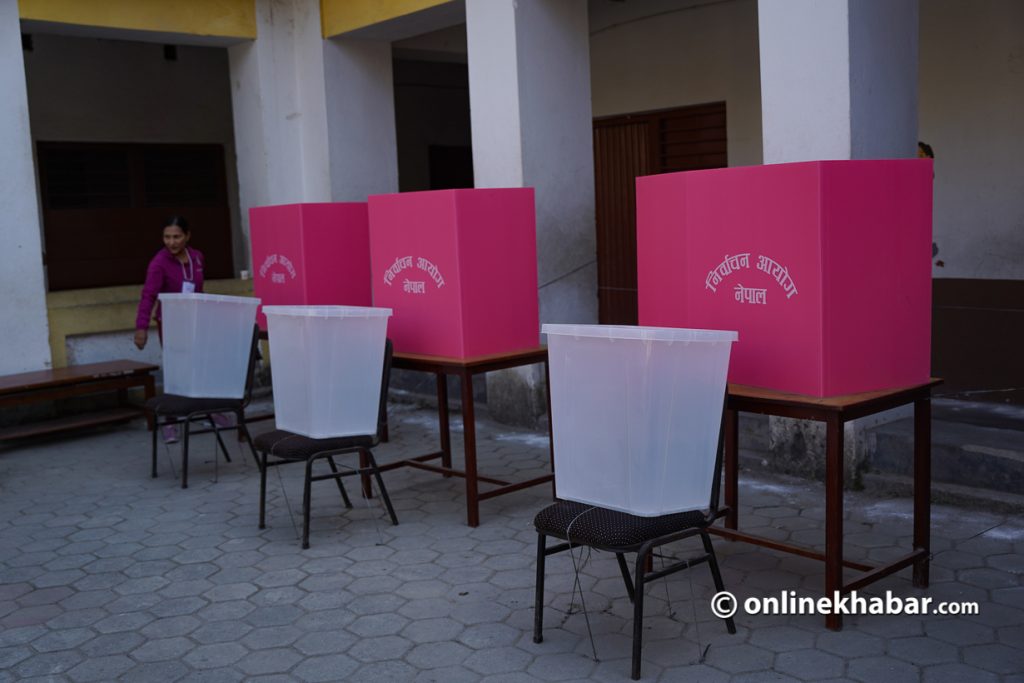
Proportional representation is a widely used electoral system around the world, including in Nepal. This system aims to provide fair representation to all communities in government, unlike other systems that may favour the majority group.
Despite being implemented for more than a decade in Nepal, the impact of the proportional representation system is still a matter of debate among the people. Some argue that it has brought diversity and representation while others claim that it has led to instability and weak governance.
So how can it be determined? Is it a blessing or a curse? And what is its impact on the Nepali people?
The pros and cons of the proportional representation system
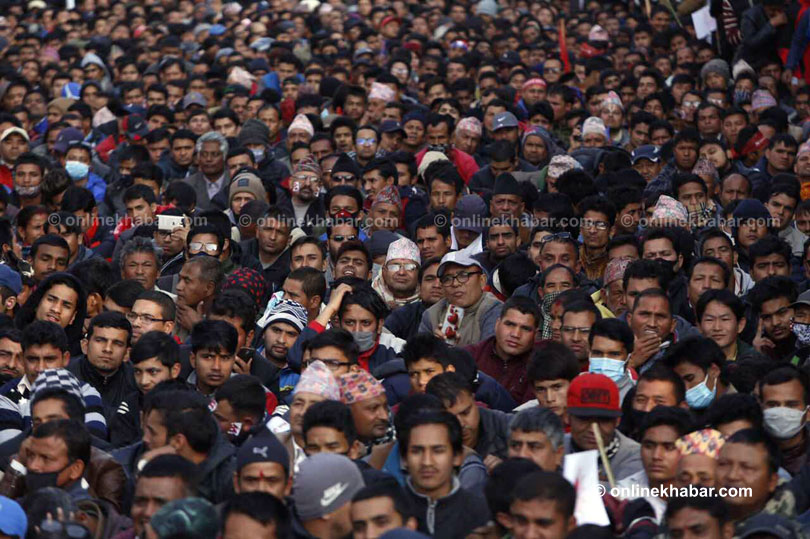
The proportional representation system is designed to ensure that all groups and communities are represented fairly in the government. It aims to eliminate the dominance of a single group in the government and ensure that all groups have equal representation. In Nepal, where caste and ethnicity play a significant role in politics, the proportional representation system has helped reduce the dominance of certain groups.
The system encourages political parties to be more inclusive in their policies and promotes diversity in the government. One of the significant advantages of the system is the increased representation of marginalised communities in the government. It ensures that all communities, regardless of their size or strength, are represented in the government. The system has helped reduce the dominance of certain groups in the government and promoted diversity. It encourages political parties to be more inclusive in their policies, resulting in better representation of all communities.
The system has also led to the reduction of regional and caste-based politics. Political parties are required to consider the entire country when making policies and they cannot rely solely on the support of one region or community.
This has led to the development of national policies that benefit all Nepali people, regardless of their caste or ethnicity. Additionally, it increases the accountability of elected representatives as they are held responsible for their performance by a larger and more diverse group of constituents.
However, there are also arguments against the proportional representation system. One of the significant disadvantages of the proportional system is the frequent changes in the coalition, which have led to instability in the government.
The frequent changes can negatively impact policy decisions and implementation. Small parties may also have a disproportionate amount of power, which can lead to gridlock in decision-making.
Another challenge is the increased expenses for the government due to the need for more representatives and resources. The proportional representation system requires more representatives to be elected, which leads to increased expenses for the government. This can be a significant challenge for developing countries like Nepal, which already face financial constraints.
The first-past-the-post system vs proportional representation
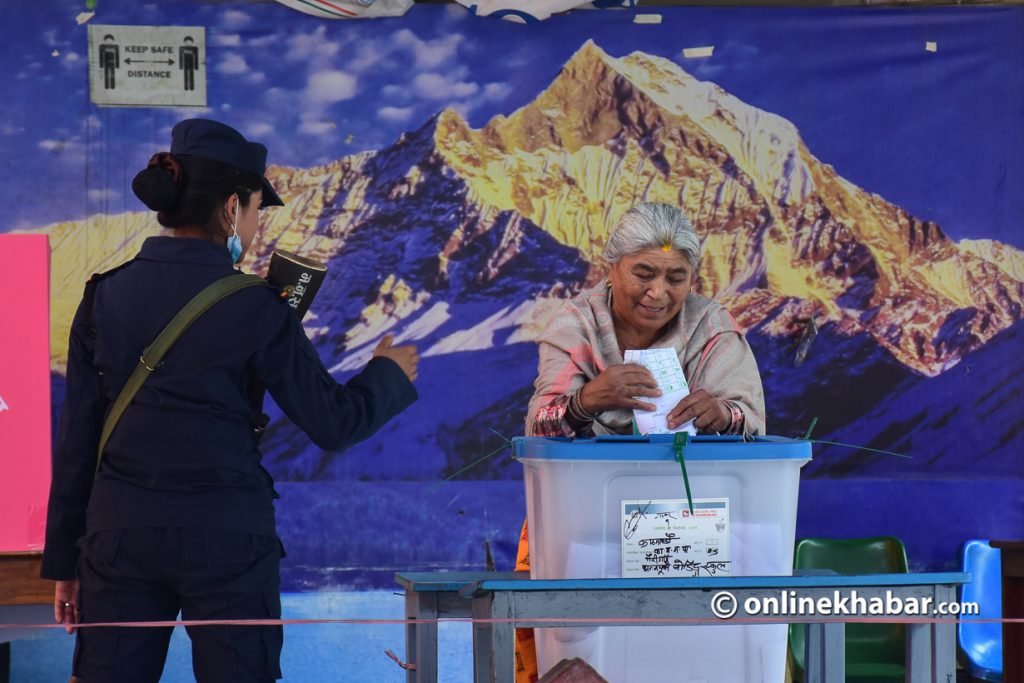
The first-past-the-post system, also known as the winner-takes-all system is another popular electoral system used in many countries worldwide. This system has its advantages also such as providing a clear winner in the election and simplicity in voting.
However, the system does not necessarily guarantee fair representation for all groups and communities. For example, in countries where a single group dominates politics, the first-past-the-post system can lead to the underrepresentation of other groups.
In such cases, the proportional representation system may be a better option to ensure fair representation for all communities. In Nepal, where diversity is an essential aspect of society and politics, the system has been a good fit.
The system ensures that all groups regardless of their size or strength are represented in the government. It has helped reduce the dominance of certain groups and promote diversity in the government.
When we compare Nepal’s proportional representation system to that in other countries, we see that it has its unique advantages and disadvantages. In New Zealand, for example, the proportional system has been used since 1996 and has led to increased political participation and engagement.
The proportional representation system has encouraged people to participate in politics and has made the government more accessible to the people. In contrast, the system has faced criticism in countries such as Israel and Italy, where it has led to instability and frequent changes in government.
So what next?
In such cases, policymakers need to explore ways to improve the system, such as reducing the number of parties or implementing a mixed electoral system.
The ultimate goal is to establish a fair and stable electoral system that benefits all Nepali people, regardless of their background or political affiliation. This is crucial for the country to achieve its full potential and create a prosperous and inclusive society.




